Can You Lose Belly Fat by Walking Every Day?
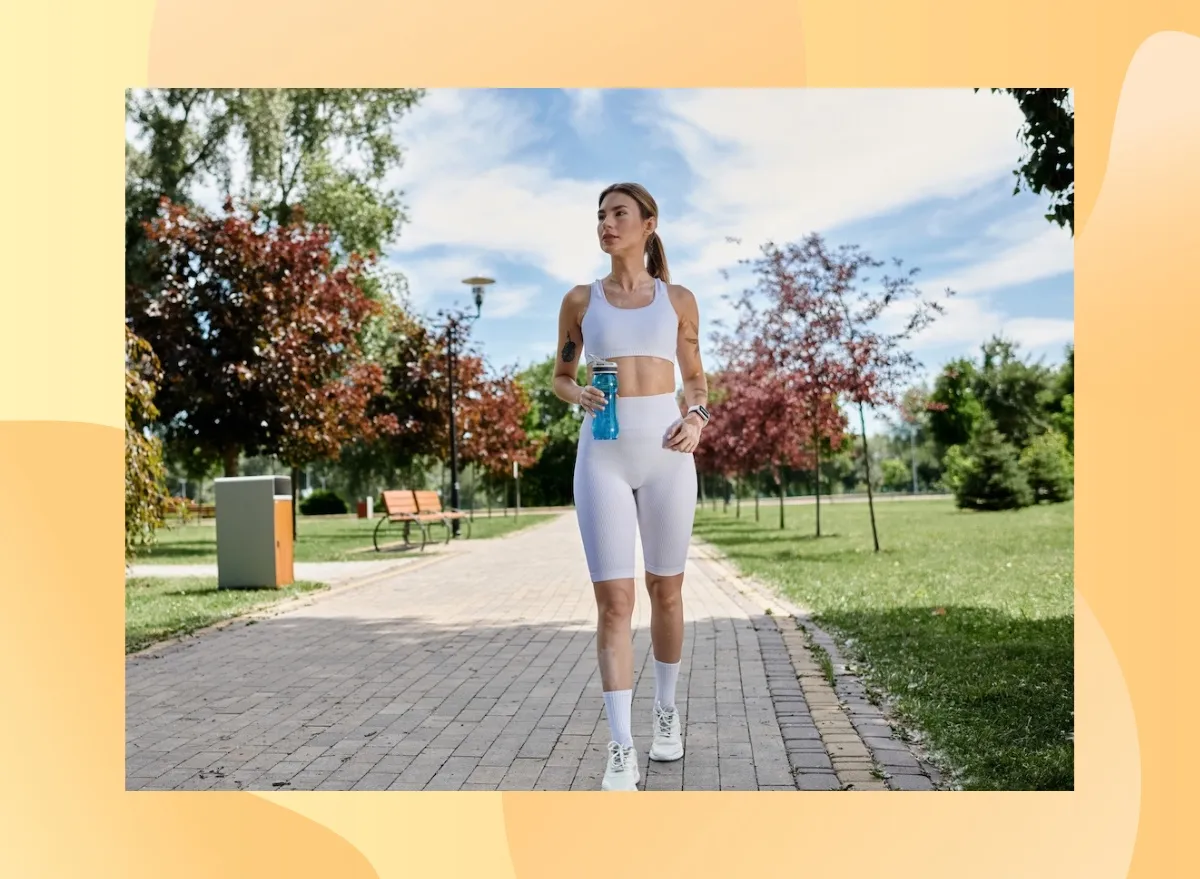
If your old jeans feel too tight after the holidays, you're not alone. For those of us too busy to hit the gym regularly, walking might be the answer. As someone who works from home, I don't often trek Forest Gump-like distances, but I do walk frequently—with my dog, to buy groceries, and even just down to do laundry. Could these daily steps help reduce belly fat? To find out, I spoke with top fitness and health experts, who shared their insights on how walking can effectively burn fat and improve overall health.
Walk This Way to Burn More Fat
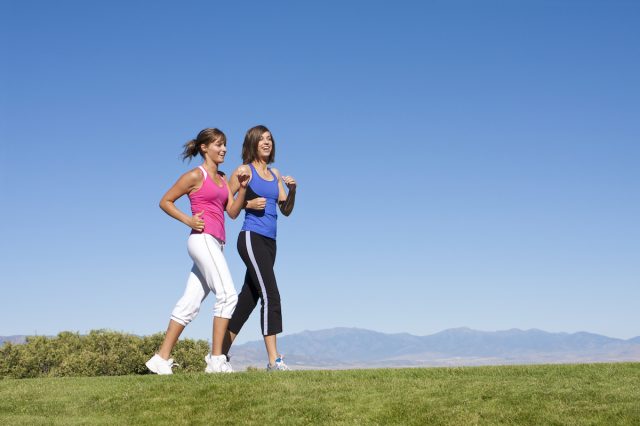
"Walking can be a highly effective and low-impact way to reduce belly fat, due to its ability to increase daily calorie burn and regulate stress levels, which can reduce cortisol—a hormone linked to belly fat storage," says Ashley Parker Angel, certified heroic coach and co-founder of High Level Performance Academy.
His top tip? "Interval walking: alternating between moderate and brisk paces. Think you're walking to catch an elevator before the doors close… This method increases heart rate variability and supercharges fat-burning."
Why Walking Works for Weight Loss

Calum Fraser, physiotherapist and CEO of BodyTone Pilates Studio points out walking's accessibility: "What makes walking so effective in reducing overall body fat is how accessible it is. Walking is a low-impact form of exercise that almost anyone can sneak into their daily routine. Being that it is so accessible, it is so easy to follow through. It's an activity that doesn't feel like a chore."
The Health Benefits Go Beyond Fat Loss
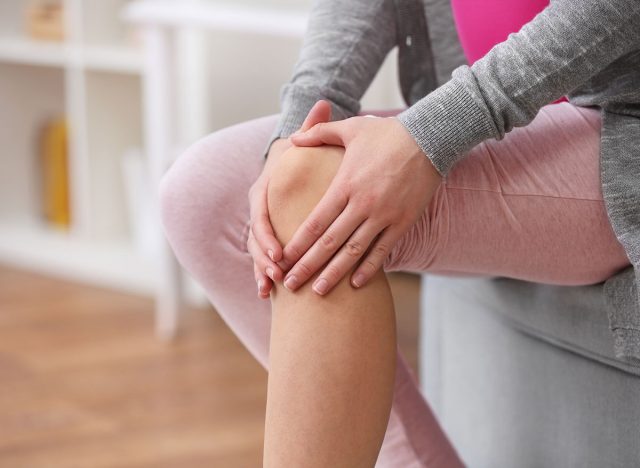
Loser jeans are not the only benefit of walking. "Taking up walking on a regular basis can help reduce weight while also improving joint, hip, and knee pain," explains Trista Best, MPH, RD, LD at The Candida Diet. "This is because walking increases joint lubrication and strengthens the muscles that support and protect them." Best adds that walking also improves your respiratory system and immune health.
Perfect Your Walking Form
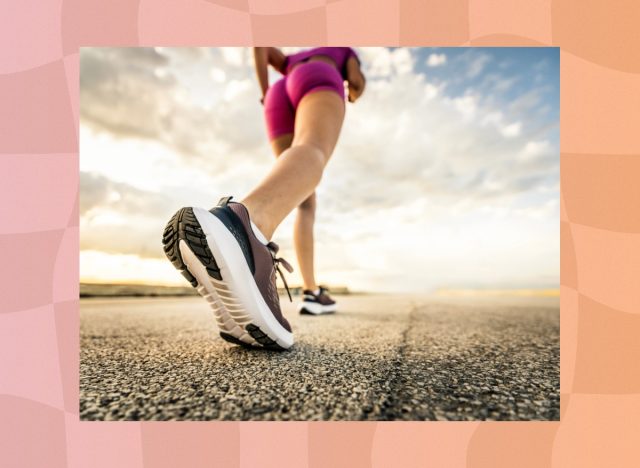
John Gallucci Jr., MS, ATC, PT, DPT, the CEO of JAG Physical Therapy, suggests proper technique: "Remember 'heel to toe.' As the heel of your foot strikes the ground, you are being propelled forward by your back foot. Unlike running, your feet should never lift off the ground completely when walking." He warns against over-striding, which can strain muscles and joints. Instead, focus on taking more steps per minute rather than longer strides.
Make It a Sustainable Habit

Carol B. Espel, MS, recommends starting small: "Get out there and get moving, even if it's just around the block. The goal is to increase your baseline fitness with maybe 4-6 weeks of building up endurance and distance by slowly adding to these variables, taking baby steps."
She suggests finding a walking buddy: "Research shows that people are more likely to commit to moving knowing that their colleague, friend, or spouse is waiting for them. It's an 'appointment,' and someone is counting on you to show up!"
Science backs up these expert opinions. Studies have shown that regular walking can effectively reduce visceral fat—the dangerous kind that accumulates around organs in the abdominal cavity. The key isn't necessarily speed but consistency and duration. Whether you walk slowly or briskly, you're burning fat as long as you keep moving.
Expert Tips: Maximize Your Walking Workouts
1. Start with the Basics

"First, get out there and get moving, even if it's just around the block," says Espel. "The goal is to increase your baseline fitness with maybe 4-6 weeks of building up endurance and distance by slowly adding to these variables, taking baby steps. It's critical to safely progress slowly to avoid injury and overuse."
2. Don't Forget to Stretch
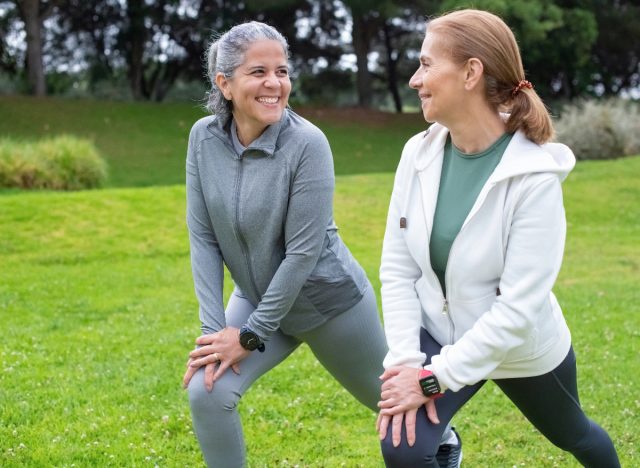
"Static and dynamic stretching before a walking routine allows for an increase in flexibility and assists with overall recovery," advises Gallucci. He recommends proper form: "Everyone has a natural stride that is most comfortable, and one of the most common mistakes you can make is to increase the length of your stride to walk faster. Over-striding can strain your muscles and joints, causing pain."
3. Progress Your Walking Routine
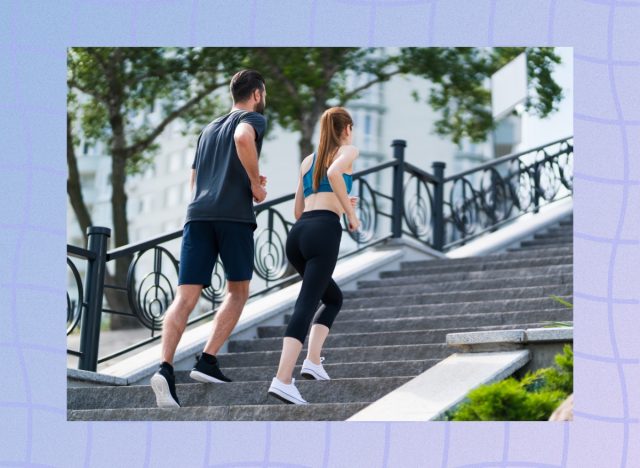
Once you're comfortable with basic walking, Gallucci recommends adding variety: "Combining a more relaxed walk with intervals of intense sprints and/or stair climbing allows calories to be burned faster and improves overall cardiovascular health. Furthermore, strength exercises such as lifting weights or doing bodyweight pushups before or after walks can assist with increasing your metabolism."
4. Prepare in Advance
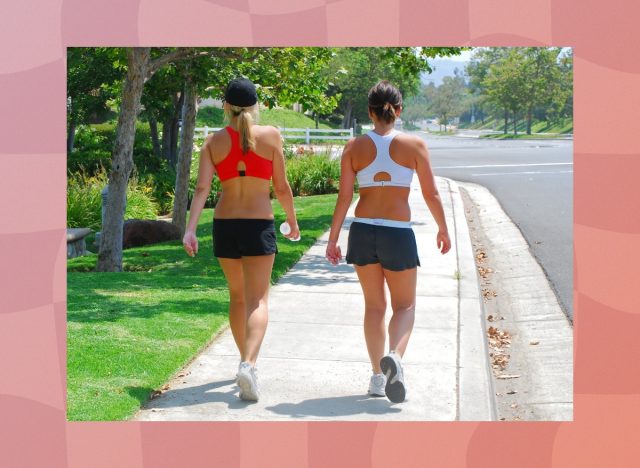
Espel says it's important to be consistent and plan ahead:
- "Try putting out your walking clothes and shoes the night before.
- All the exercise in the world won't help you lose weight if you don't monitor what you are eating and drinking each day.
- Allow yourself compassion and patience. It takes 6-12 weeks to start to see and feel changes, but energy levels can improve often within 1-2 weeks," she says.
And if you enjoyed this article, don't miss these 100 Unhealthiest Foods on the Planet.
References
- Effects of Walking Speed on Total and Regional Body Fat in Healthy Postmenopausal Women,
Jacquelyn M La New, Katarina T Borer. - Calorie Burners: Activities That Turn Up the Heat, American Council on Exercise
- Effect of exercise training intensity on abdominal visceral fat and body composition, Brian A Irving, Christopher K Davis, David W Brock, Judy Y Weltman, Damon Swift, Eugene J Barrett, Glenn A Gaesser, Arthur Weltman








